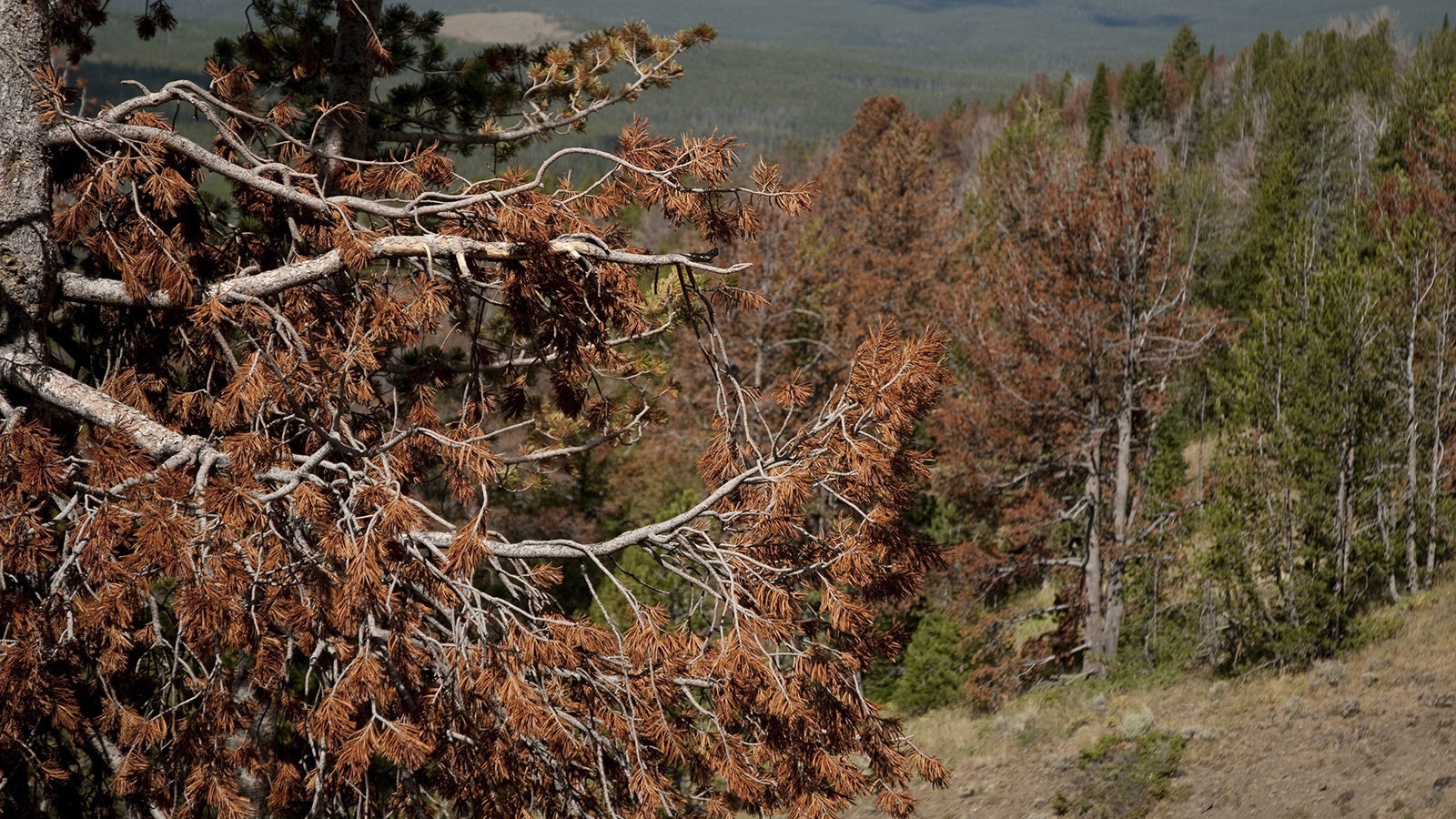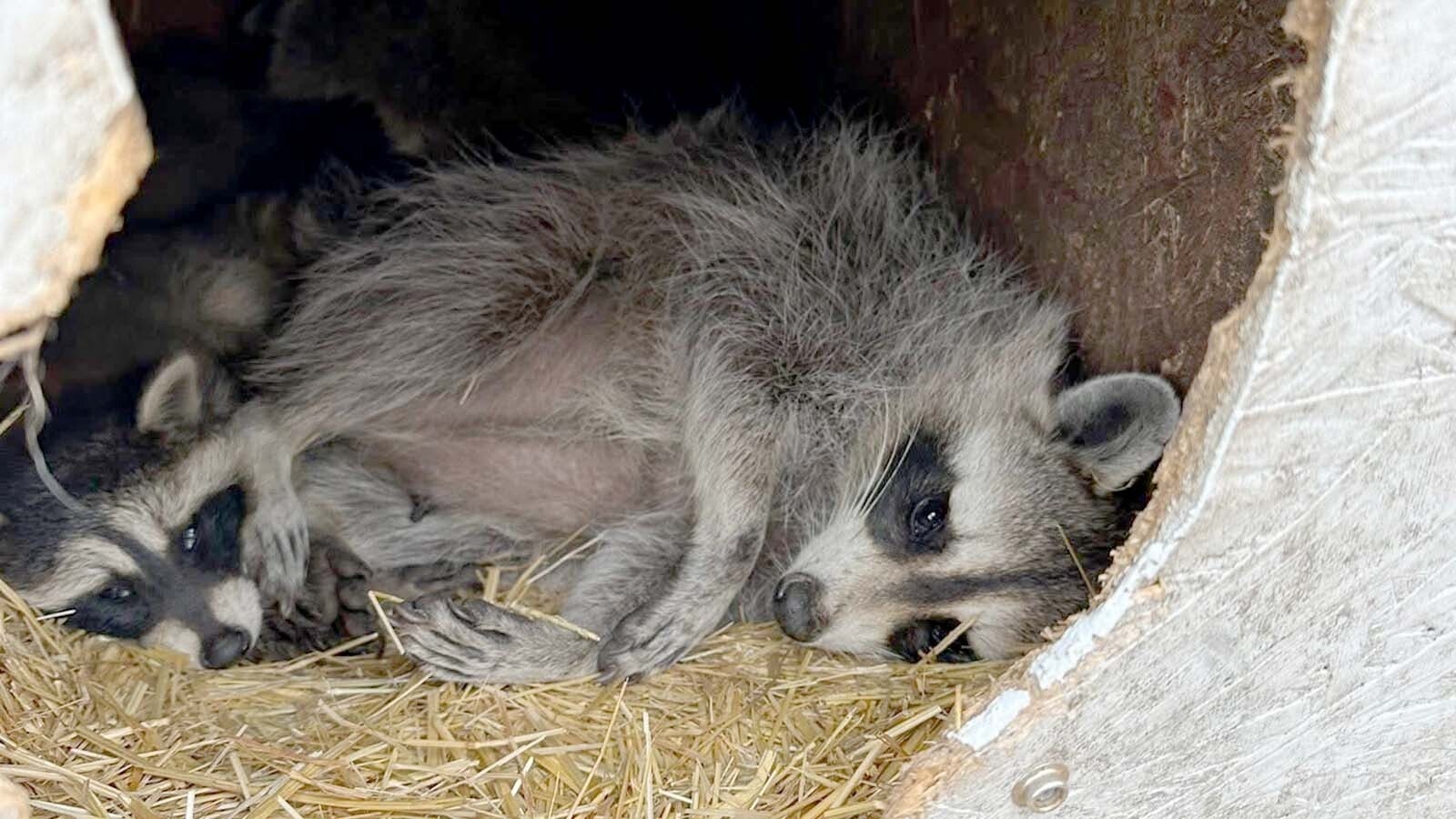The massive Elk Fire in the Bighorn Mountains near the towns of Dayton and Parkman is aptly named, because it’s roasting some of Wyoming’s best elk habitat.
That part of the Bighorns is essentially an “elk factory,” prominent Wyoming outdoorsman Guy Eastman told Cowboy State Daily.
“I’ve gone up there in June and seen bunches of 500 cow elk dropping calves,” he said.
The elk themselves should be fine — they bailed down off the mountains ahead of the blaze, but the fire has likely runed the season for hunters.
The fire is roaring through an area notable for producing some huge bulls, said Eastman, whose family founded and runs the Eastmans’ outdoors media company.
Elk hunter Shawn Kelley of Sheridan agreed that this year’s hunting season is probably tanked.
The elk fleeing the fire ended up mostly on private land that can’t be accessed by many hunters, said Kelley, who is the northern Wyoming regional director for the Rocky Mountain Elk Foundation.
The fire is “pretty well going to ruin the ability for sportsman being able to go after the critters,” he told Cowboy State Daily.
It’s routine for those elk herds to come down out of the mountains and hole up on private land every year, he added. But the fires are forcing them down much earlier than usual this year.
Hunters who drew tags for the affected elk and deer hunting areas might be able to get refunds, or have those tags rolled over into the 2025 seasons, according to Wyoming Game and Fish.
Fire Cuts Off Access
As of early Monday, the Elk Fire was reported to be 73,000 acres and firefighting crews were gearing up to go on the offensive.
Meanwhile, access to hunting remained largely cut off, according to Game and Fish.
The PK Lane Hunter Management Area and Sheridan County walk-in hunt areas 8 and 12 were closed until further notice, the agency announced.
Along with elk hunt areas 37 and 38, deer hunt areas 24 and 25 were getting hit hard, Game and Fish stated.
A video posted to Facebook by Kiley Carrol-Shaw shows a huge herd of elk sprinting away from the Elk Fire and the mountain face.
The Tale Of The Tags
Among those areas, there are numerous hunting tags in play.
Those include both general tags and draw tags. General tags may be bought over-the-counter in unlimited numbers and then used in any area in Wyoming that allows general tag hunting.
Draw tags are limited to quotas in specific hunt areas. They must be applied for in advance.
Draw tags might qualify for refunds or being rolled into the next hunting season in case of a natural disaster, like a wildfire, according to Game and Fish.
General hunting tags aren’t refundable and can’t be rolled forward.
Deer hunt areas 24 and 25 have general tag seasons for both mule deer and whitetails.
There are also roughly 3,500 draw tags issued for whitetail deer in area 24, mostly on private land.
Elk hunt area 37 has general tag hunting, as well as 650 draw tags for archery only or cow/calf elk hunts.
Area 38 is exclusively for draw tags, with a total of 1,275 tags issued for various archery and rifle season hunts.
The elk hunt area 38 archery tags are particularly coveted, because of the potential for huge bulls, Eastman said.
And luckily for bowhunters, the archery seasons ran during September, mostly before the fire blew up.
“It’s a fun archery elk hunt, and popular with out-of-staters,” Eastman said, adding that deer are plentiful in that part of the Bighorns, making it a popular hunting destination.
There’s lots of deer volume, but the (trophy buck) quality’s not over-the-top. It’s more of a high-opportunity area,” Eastman said.
Elk Pushed Down Early
Eastman and Kelley said the elk habitat is superb at the top of the Bighorns in the fire area. There are plenty of lush meadows and water for big game herds to thrive upon.
So far, it looks like the fire is burning mostly through the heavily timbered “face” on the middle of the mountainsides, Kelley said. During normal years, the hunting pressure ratchets up as archery seasons close and rifle hunting opens, usually in mid-October.
Eastman agreed that archery season is the best time to go after elk there.
“The archery hunting is great. The rifle hunting is so-so,” he said.
With that increased hunting pressure from rifle hunters, it’s normal for the elk to head for private land in the lowlands, Kelley said.
So the elk that fled the fire are mostly where they would have ended up anyway – only they’ve come down a couple weeks early, much to the disappointment of rifle hunters.
There’s also word that the fire pushed quite a few elk north into Montana, Kelley said. So hunters in that state might be reaping the rewards of Wyoming’s misfortune.
Good News In The Long Run
While hunting opportunity is likely done for in the fire zones this fall, the long-term outlook is good.
Burn areas sprout back with fresh growth the following year. So elk and deer will have plenty to eat when they move back up the mountain in spring, Kelley said.
But there will plenty of work to be done in spring, he added. Invasive weeds, such as cheatgrass, often move into burn areas.
“In spring, we’re going to have to step up the invasive weed mitigation and re-build wildlife-friendly fences that were burned in the fire,” he said.
Avid Hunter Nic George of Sheridan agreed that while the immediate effects of the fire are devastating, it could make the hunting better in the long run.
Much of the area was choked with tangled fallen, dead timber, he said. Burning that off will clear the way for new growth.
“A fire burn area might not look pretty to us, but it makes for good elk habitat,” he said.
Contact Mark Heinz at mark@cowboystatedaily.com
Mark Heinz can be reached at mark@cowboystatedaily.com.





